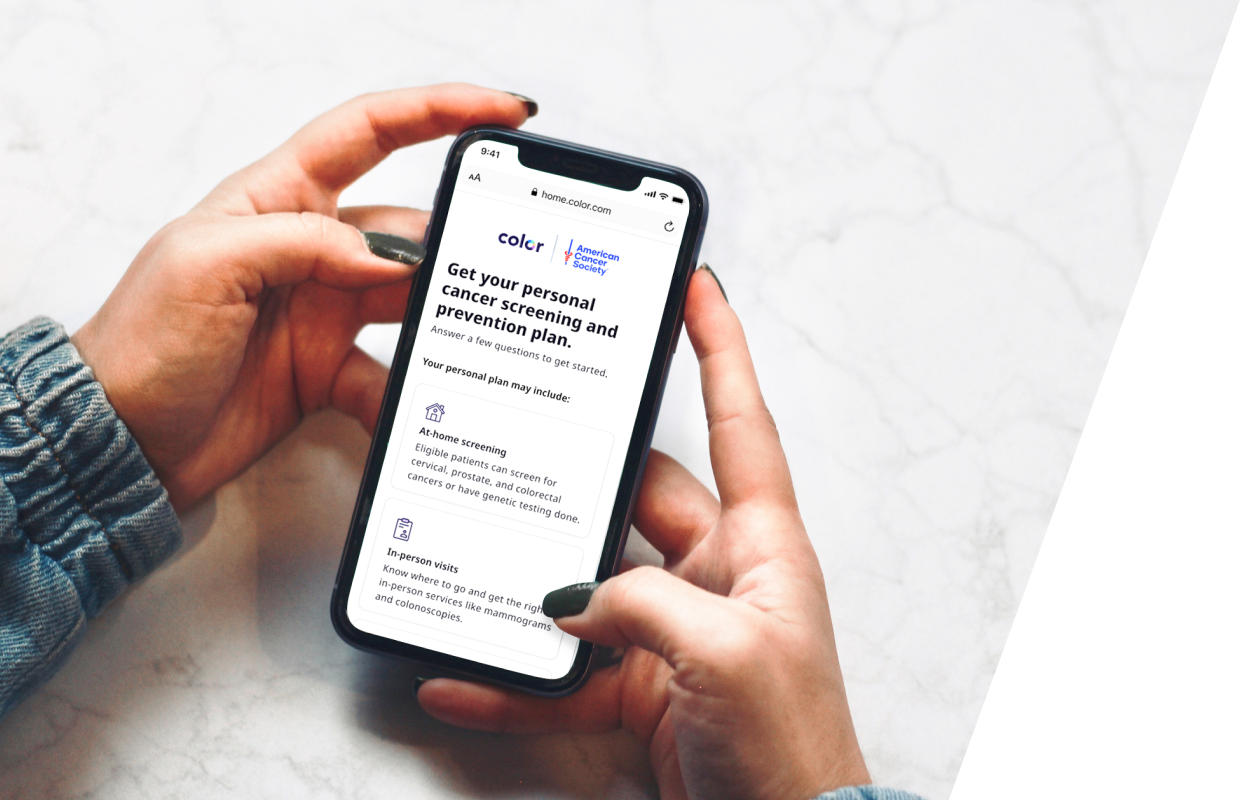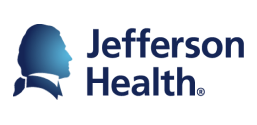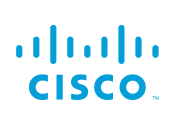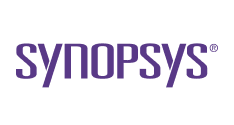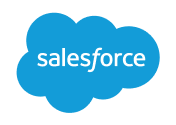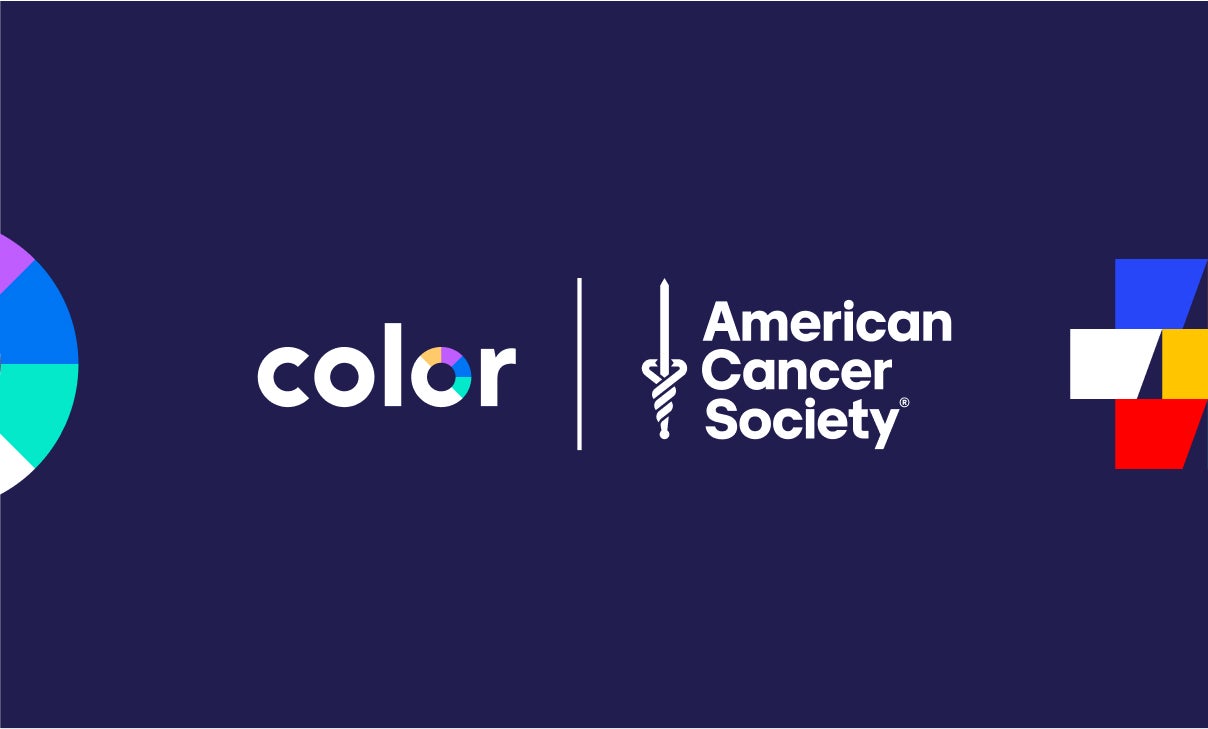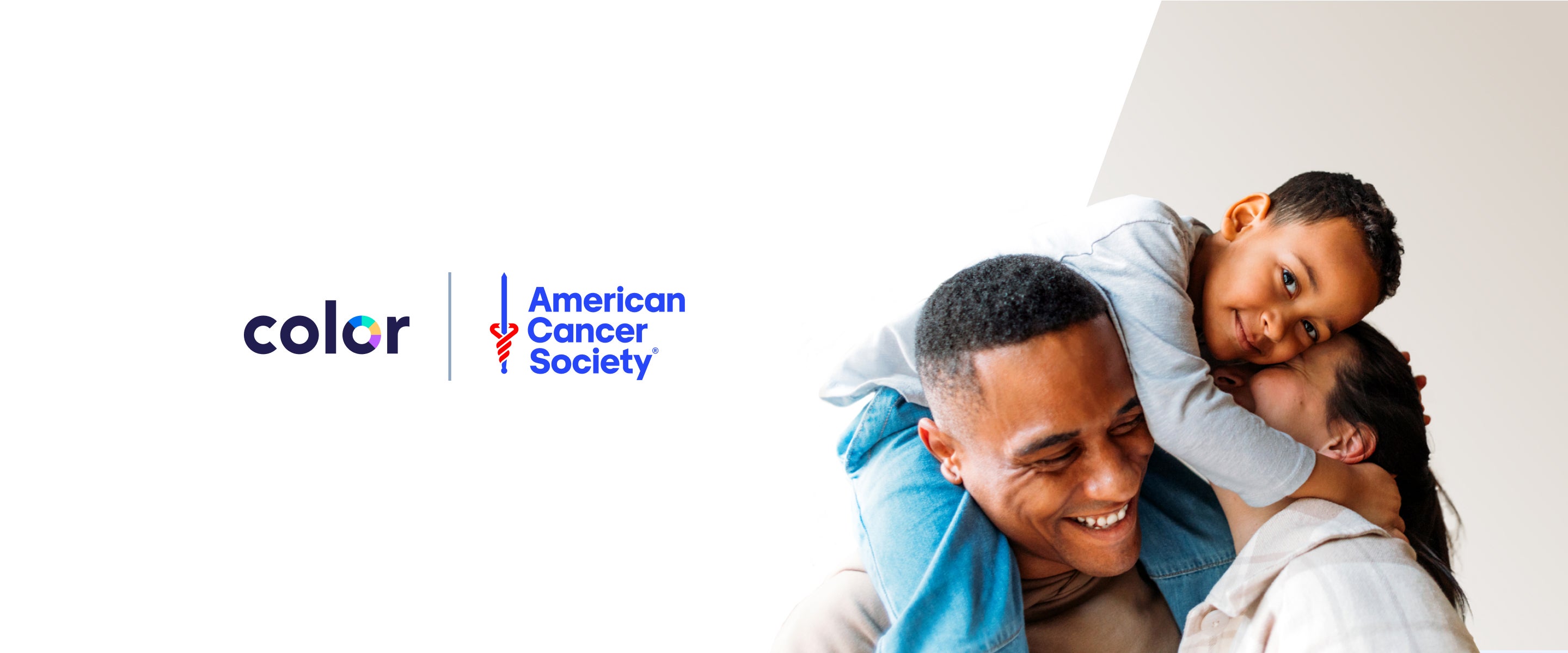References
- https://doi.org/10.1186/s12913-022-08457-6, BMC Health Serv
- AAPA Harris Poll: The Patient Experience: Perspectives on Today’s Healthcare
- “Cancer Statistics,” National Cancer Institute.
- “Cancer Statistics,” National Cancer Institute.
- “Survival Rates for Breast Cancer,” American Cancer Society
- “Survival Rates for Cervical Cancer,” American Cancer Society
- “Survival Rates for Colorectal Cancer,” American Cancer Society
- “Survival Rates for Prostate Cancer,” American Cancer Society
- “Health Care Expenditure Burden of Cancer Care in the United States,” National Library of Medicine
- “The costs of cancer to a major employer in the United States: a case-control analysis,” National Library of Medicine.
- Adapted from McGarvey N, Gitlin M, Fadli E, Chung KC. Increased healthcare costs by later stage cancer diagnosis. BMC Health Serv
- https://seer.cancer.gov/statistics-network/explorer, National Cancer Institute
The American Cancer Society (ACS) is a nonprofit organization that routinely publishes guidelines, and as part of this program, ACS contributes its expertise and educational materials on cancer screening and prevention and connects participants who contact ACS with ACS cancer-related information. A portion of fees generated from this program will be used to support the ACS mission. ACS does not provide medical or clinical care.

